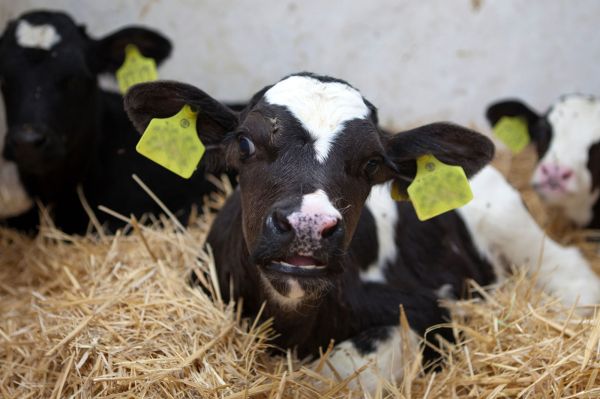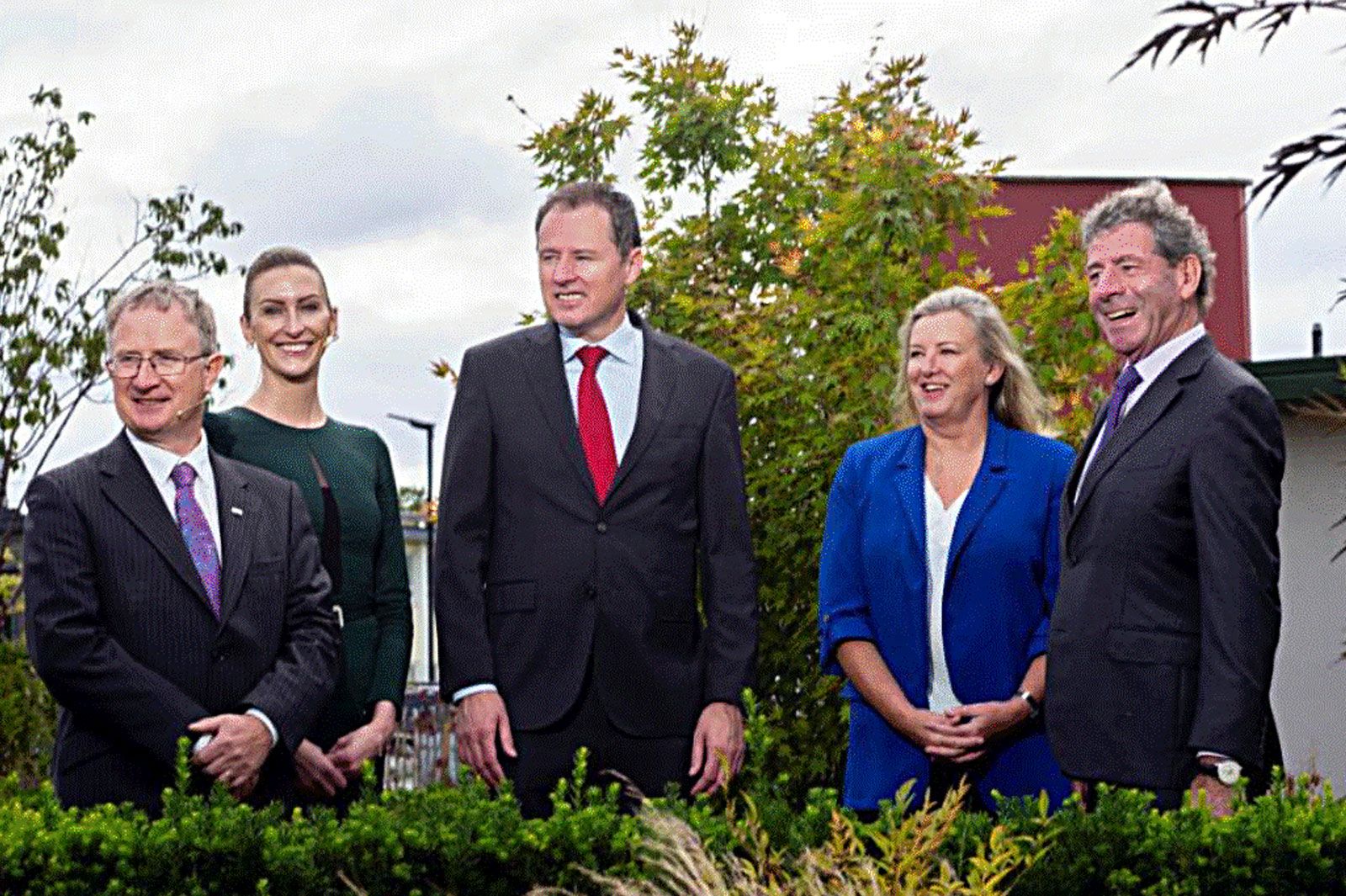Playing calf catch-up

Calf welfare was a topic covered during the 2023 Moorepark Open Day in July. With the pressure-release valve of calf exports coming under ever-increasing scrutiny, it is clear that much more needs to be done to ensure that calves remain an asset to our livestock industry and not a public-relations liability. When plans were being laid for coping with the expected surge in milk production, too little, if any, thought was given to managing the increased calf supply. In hindsight, promoting cow breeding almost exclusively based on the production of high milk solids was a grievous error. We are now playing catch-up on one of the most critical aspects of livestock breeding and management. The science highlighted at Moorepark point us in the direction we need to go. The widespread adoption of sexed semen to provide us with replacement heifers while inseminating the remainder of the herd using beef-type bulls should be straightforward. The efficiency of sexed semen is increasing yearly. The development of native sexing laboratory facilities was an absolute necessity. So, too, is the increasingly widening choice of dairy-bull sexed semen. Allied to this scientific advance is the development of the Dairy Beef Index (DBI). The two are critically linked and the benefits spread far beyond the dairy herd. Greater numbers of higher quality dairy-beef calves provide assurance to dairy-calf-to-beef producers that the calves they purchase from the dairy herd have, at least, the potential for profit. Speed of adoption is essential. The figures put forward at Moorepark suggest that adoption is accelerating exponentially. The number of sexed semen straws available in 2023 was approximately 300,000, which will result in over 100,000 fewer male dairy calves and provides a significant opportunity to increase the use of high DBI beef straws. This statement delivered by Laurence Shaloo, Siobhan Kavanagh and Deirdre Hennessy sums up our current position. The aim must be to at least double those figures over the next two breeding seasons.
The nitrogen challenge
Whether or not there is an imposed decrease in chemical nitrogen (N) in the coming period, there is a clear economic rationale for managing nitrogen use more efficiently. While fertiliser costs have reduced somewhat, there is little likelihood that prices will return to historical averages. That being the case, whether the limits are 250kg, 220kg, or lower, it is in our economic and environmental interests to ensure that as much of the product used as possible stimulates grass growth. Much of what was being advised at the Moorepark event was well-proven grassland science. These concluding remarks point the direction we must travel: ‘New grazing-management practices encompass improved seasonal grazing management, incorporation of legumes into grazing and silage swards and precision N management across the grazing season’. This is only a refinement of advice that has been given for the past 40 years and longer. That doesn’t make it simple.
Clover management with a 25 per cent sward content is not straightforward. Maintaining grass/clover content equilibrium is challenging. The most profitable, pasture-based dairy-production model requires well-managed exploitation of grazing opportunities and milk production during the shoulder periods. Clover does not grow actively early in the year and ensuring that clover-rich paddocks are bared sufficiently to bring them over the winter period are only two of the challenges. Reading some of the assertions gleaned from Moorepark relating to on-farm research provides further recognition on the complexities involved: ‘It is apparent that where sward clover content was greater than 20 per cent, a significant reduction in chemical N fertiliser application was achieved while maintaining high levels of herbage production. Reducing chemical N fertiliser application when sward content was lower than 20 per cent, resulted in a reduction in the quantity of herbage grown, highlighting the requirement for careful planning of the N fertiliser application strategy, depending on the level of clover present in paddocks.’ It should be noted that this is a movable and constantly changing situation. As clover content ebbs and flows in a sward, depending on season, growth rates and weather conditions, management must change accordingly. That’s before we meet the other challenges including, critically, the management of the cow’s diet in a clover-rich diet to avoid potentially catastrophic morbidity or mortality consequences.
Four key messages from Moorepark

- Ireland’s mineral grasslands are a vast store of carbon, estimated to contain 30 years worth of carbon emissions (circa 1,800 million tonnes of CO2).
- With careful selection of traits and appropriate breeding strategies, it is possible to optimise beef production while also optimising desirable dairy cow traits.
- Technologies must be developed to ensure feeding methane-reducing additives on pasture-based farms is practical.
- Optimising soil pH through lime application is the single biggest step towards productive and sustainable grassland swards.
The appliance of science
A key component of the Marginal Abatement Cost Curve (MACC) is the widespread use of protected urea. Research into its efficacy through the grass-growing season is proving that there is no difference in grass production at any rotation, at any site between NBPT-urea and CAN. There was an overall benefit of 424kg DM/ha detected over the 10 site years from using urea protected with NBPT versus urea. These statements delivered at the Moorepark Open Day to farmers should provide the necessary reassurance that using treated urea outside the traditionally advised spreading dates and climatic conditions has no adverse consequences on either growth responses or nitrogen loss. With trials conducted across several sites and soil types including Moorepark, Clonakilty, Ballyhaise and Athenry, the results are conclusive: ‘Urea and NBPT grew the same amount of grass as CAN fertiliser.’ Another equally important message was conveyed: ‘There was a 2,148kg DM/ha difference in herbage production between the 150kg and 250kg nitrogen/ha treatments.’ In the event that there are enforced reductions in N applications, there will be significant reductions in sward productivity, all other aspects of herbage production being equal. The retention of Ireland’s existing Nitrates Derogation is the optimum outcome. Failing that, all other options are problematic, including cost, consistency and current cow and sward management protocols. Renting additional land is costly and disrupts the land rental market for all players. Clover has a role to play, though there are serious challenges around the management of clover-rich swards as well as grazing strategies to minimise health issues, most notably bloat. The potential of mixed-species swards on dairy farms is being explored. Their widespread use across a grazing platform is still at research stage with only pioneer adoption on farms. Persistency, optimum grazing stages, as well as productivity over a three-to-five-year lifetime are not fully researched. The advice must be to proceed with caution. Otherwise, any positive benefits could be outweighed by increased costs and decreased sward and/or milk production.





